Justin KhoeDigital Missionary, That Christian Vlogger. How I grew my Channel from 0 - 65,000 followers Let’s assume that you’re convinced about digital missions. In fact, let’s say that you’re ready to start a YouTube channel for your ministry, church, or as an individual! The question is, how do you grow an audience? Great content needs to be seen to impact the lives of your intended audience. Let me walk you through five key steps. Step #1 - Commit to an upload schedule.Perhaps the most important thing to realize is that growing an audience takes time. Over the last three years I have created over 350 videos. Some of those videos have been seen by tens if not hundreds of thousands of viewers, while some have fallen flat with just a few hundred. The main reason why you want to commit to an upload schedule is because you learn so much more when you create so much more. Many people expect to release one perfect video and create an audience from that one video. Now, while I do not doubt the power of a viral video, you can never really create a deep and meaningful community off of one video. When I first started my YouTube channel, I made a promise to myself that I would upload one video per week without fail (it turns out that I actually uploaded 100 videos that year). I am a firm believer that done is better than perfect. So many people get paralysis by analysis simply because they want to create the perfect piece of content. News flash: your first videos will suck. That’s ok. Everyone’s first videos are terrible. The point isn’t that you create perfect content, but that you perfect the art of creating better content. With each video, you should improve on the one before. For the purposes of YouTube, I suggest a minimum of one upload per week. If you have the additional bandwidth and skills to do more, that's great, but not necessary. One video per week will suffice. Step #2 - Do your homework.Now that you have committed to creating 52 videos in this upcoming year, the next question you should ask yourself is, what kind of content should you create? This is a key question for your ministry, and I go in-depth on this topic in the “How to Start a Video Ministry” course. The TL;DR version is this. Find questions that people are searching for on the internet and create content specifically designed to answer those questions. Utilize tools like VidIQ or Google keywords and the YouTube search engine to know what popular questions people are asking. Ideally, you want to find the sweet spot between super competitive searches and questions that no one is asking. If you target phrases that are too competitive, your voice will be crowded out and your videos will fall short. Conversely, if you target niche questions with near to zero search traffic, you may eliminate your potential viewers while eliminating potential competition. One helpful exercise that I did when I first started was a broad search on YouTube of some of the more commonly watched videos in the Christian niche and I created a spreadsheet of what people seemed to respond to most. To start, I suggest targeting questions or phrases that have on average 10,000-100,000 monthly searches on Google. Any more than 100,000 monthly views and competition is too fierce. Any less than 10,000 and you’re very likely to not garner attention at all. Step #3 - Study analytics.Once you have created an initial library of content (say, a dozen or so videos), it’s time to start studying your numbers and learning from your analytics. You can learn quite a bit of information from the numbers that YouTube provides. Pro-tip: Some important metrics to take notice of are total views, minutes watched, and viewer retention. The first two are pretty straight forward. Total number of views and minutes watched per video are obvious indications of what type of content is resonating with your growing audience. If you notice clear trends on which type of content is getting attention, dive deeper into that subject and create more content around it. For example, if your video on “How to Study the Bible” has noticeably higher engagement over any other type of content, consider creating content around a related topic. Examples could include, “Which Bible translation is best?” “Where should I start when studying the Bible?” and “5 Bible Verses to Help with Stress.” The goal with creating families of content is to allow a potential viewer to binge watch three to four videos at a time. If you only have one video on an important subject, they can’t do this. Viewer retention is arguably the most overlooked metric for most YouTube content creators. The longer you can keep someone on YouTube, the more favorably you will be treated by the YouTube algorithm. The simple fact of the matter is that not everyone watches the entirety of your video. Consider the “Average percentage viewed” metric. A healthy benchmark to shoot for is above 50 percent. You’ll notice in the picture that at no point are there significant drops in viewer retention. This is a healthy sign that the video you created was valuable to your audience and has done a reasonable job in addressing the question. If you ever see sharp declines in audience retention, this is a great time for you to pull a lesson from it. Consider this picture: You can see a sharp drop from 100 percent to about 60 percent retention within the first 60 seconds of this video. Perhaps my audience was not interested in the subject, maybe I did a poor job of introducing the content in an engaging way, or, most likely out of all the explanations: I took too long to get to the content. Studying your viewer retention can help you change your approach and delivery of your content. Step #4 - Engage in community.It is absolutely crucial that you do not look at your YouTube channel as a one-way street. Too often we view the YouTube platform as a digital portfolio of our content. This is a misguided approach that will limit your potential for meaningful impact. You should regularly be asking your audience questions, encouraging them to share their thoughts in the comments, and intentionally trying to build relationships off platform. A rule of thumb: every single piece of content that you create should invite conversation. The most obvious application of this is to actually ask your audience a question in each video. Encourage them to share what stood out to them, challenge what you presented, to both agree or disagree with you and to let you know why. Appropriate discourse and debate are hallmarks to a healthy online community. Trolls: Create enough content and you will inevitably encounter trolls. Internet trolls are people who start quarrels or aim to upset people on the internet with the exact purpose of distracting and sowing discord by posting inflammatory and digressive, extraneous, or off-topic messages in an online community. The goal for the troll is to amuse themselves by provoking viewers to display emotional responses and by leading the community down rabbit holes. There are a few ways you can handle internet trolls. All have merits and drawbacks.
For more guidance on assessing your response, download a helpful infographic. Step #5 - Take risks.I am a firm believer that you should constantly be reinventing yourself. There is a major difference between 10 years of experience and one year of experience repeated 10 times. Experiment with different styles of content, different approaches, and even subjects that challenge both you and the audience. One series of videos that I continually take risks are on the issue of the LGBT community. I have done eight total videos on the subject of homosexuality in the Church. Each time I have invited an openly gay Christian friend as a guest to the channel. The videos were not centered around debate, but around empathy. My hope was to humanize the “other side” so that we could talk to each other instead of past each other. As you can imagine, there was a significant cost to this series. In total, I have lost over 700 hard earned subscribers from this series of videos. If you look on the graph below, you can clearly see when these videos were initially released. However, while I had lost a major number of subscribers in the short term, I still believe that this was a healthy choice overall. The type of channel that I’m creating is one where controversial topics can be discussed. I, personally, am hoping to create a space where people can wrestle with their faith and ask the difficult questions that churches often avoid.
My audience may not always end up agreeing with my particular stance on any number of topics, but they know that I will always treat the subject and my guests with grace, compassion, and love. This posture of humility and of an open heart invites a very particular type of viewer and has created a heavily engaged community willing to journey through life together with me. Related blogs: Comments are closed.
|
Archives
August 2020
Categories
All
|
- Home
- BLOG
-
RESOURCES
-
RESOURCE MENU
>
- ADVENTIST IDENTITY GUIDELINES
- BIG DATA RESOURCES
- BRANDING, IMAGE & DESIGN RESOURCES
- CHURCH/MINISTRY SPECIFIC RESOURCES
- COPYRIGHT & TRADEMARK BASICS
- COURSES
- EMAIL RESOURCES
- GUIDANCE FOR HIRING SOCIAL MEDIA POSITIONS
- PODCASTS
- REPORTS & CASE STUDIES
- SOCIAL MEDIA RESOURCES
- (SOCIAL) VIDEO RESOURCES >
- TEXTING 4 CHURCHES
- TRACKING & ANALTYICS
- WATCH VIDEOS & TUTORIALS
- WEBSITE TIPS
- SOCIAL MEDIA GUIDELINES
-
RESOURCE MENU
>
- SEO
- Digital Discipleship & Evangelism
- COVID-19 RESOURCES
- eNEWSLETTER

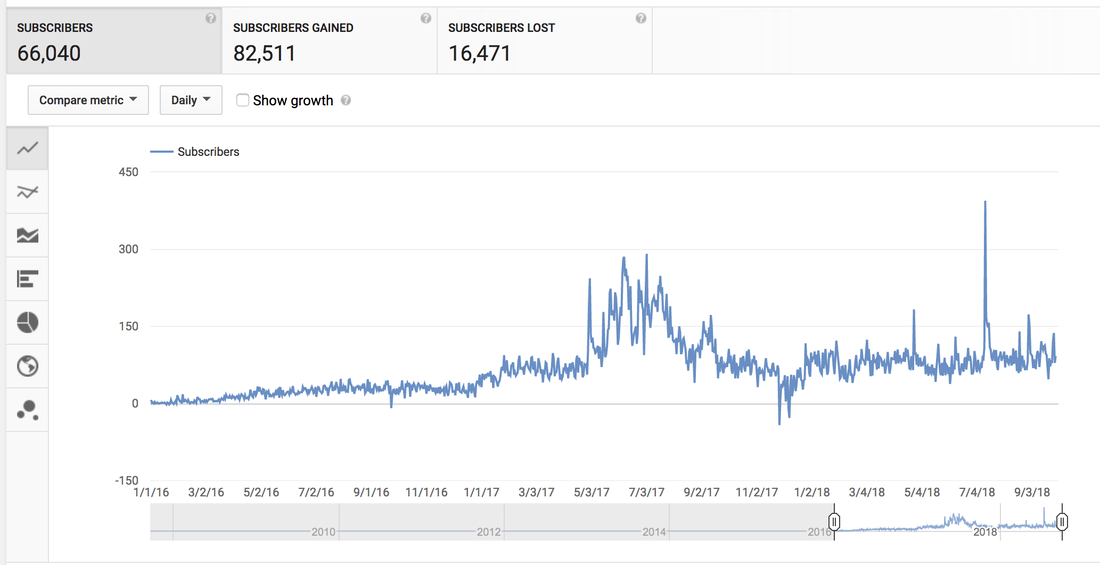
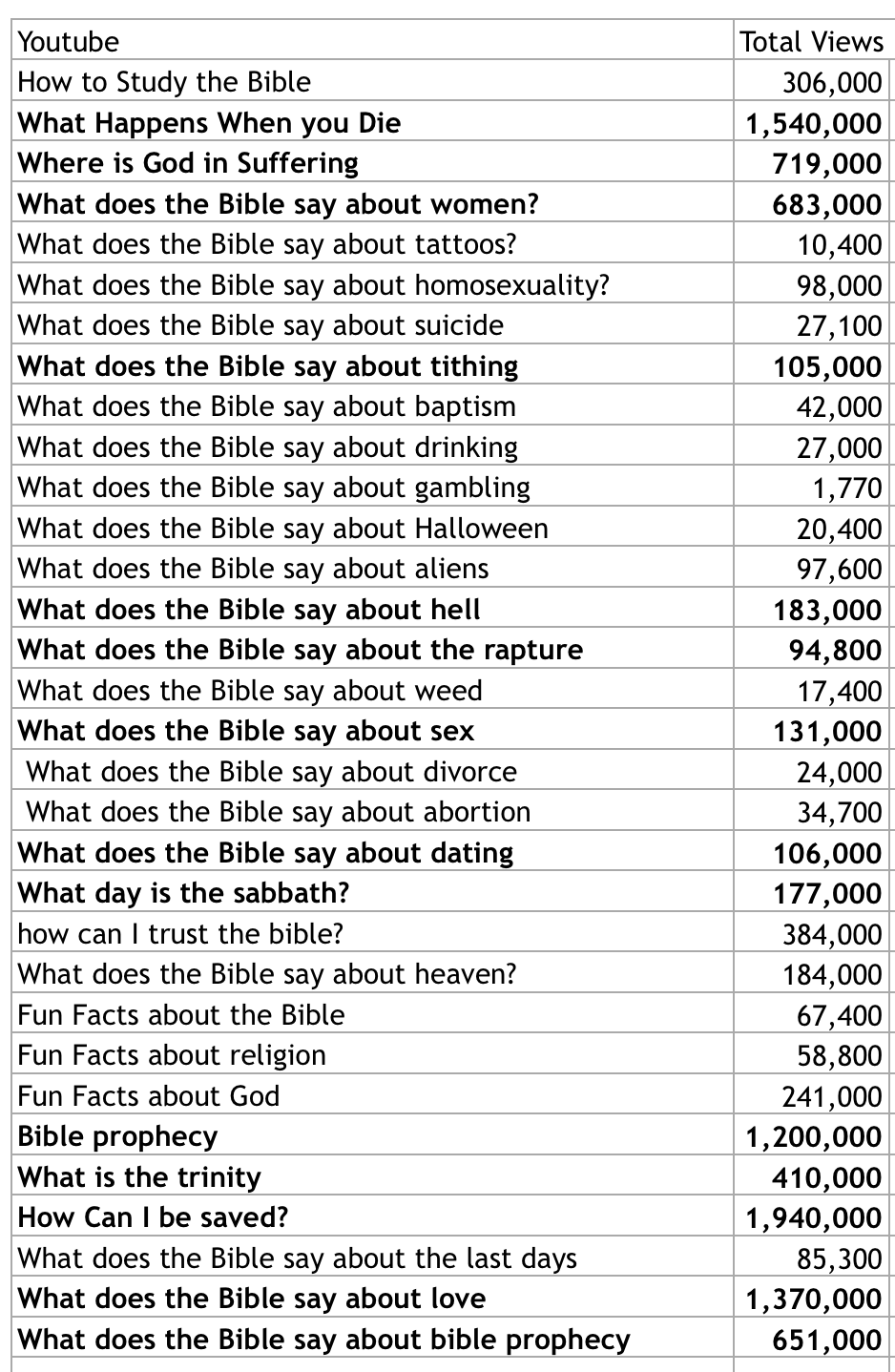
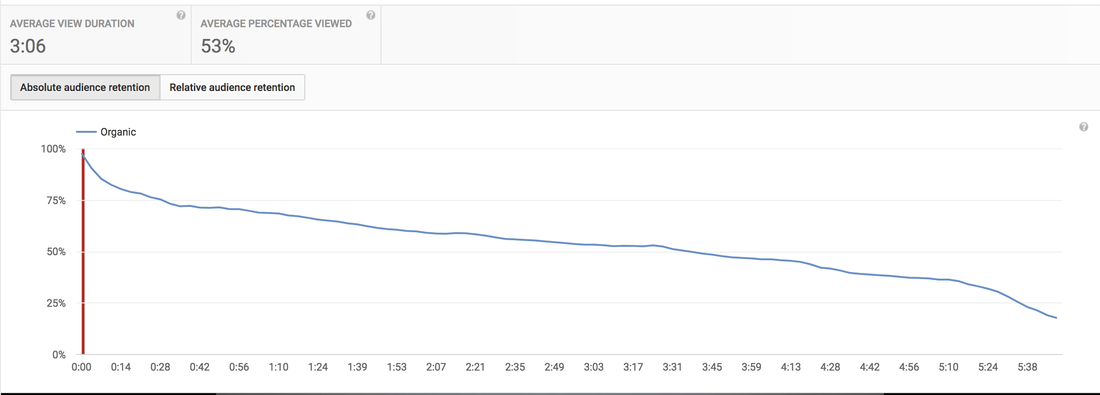
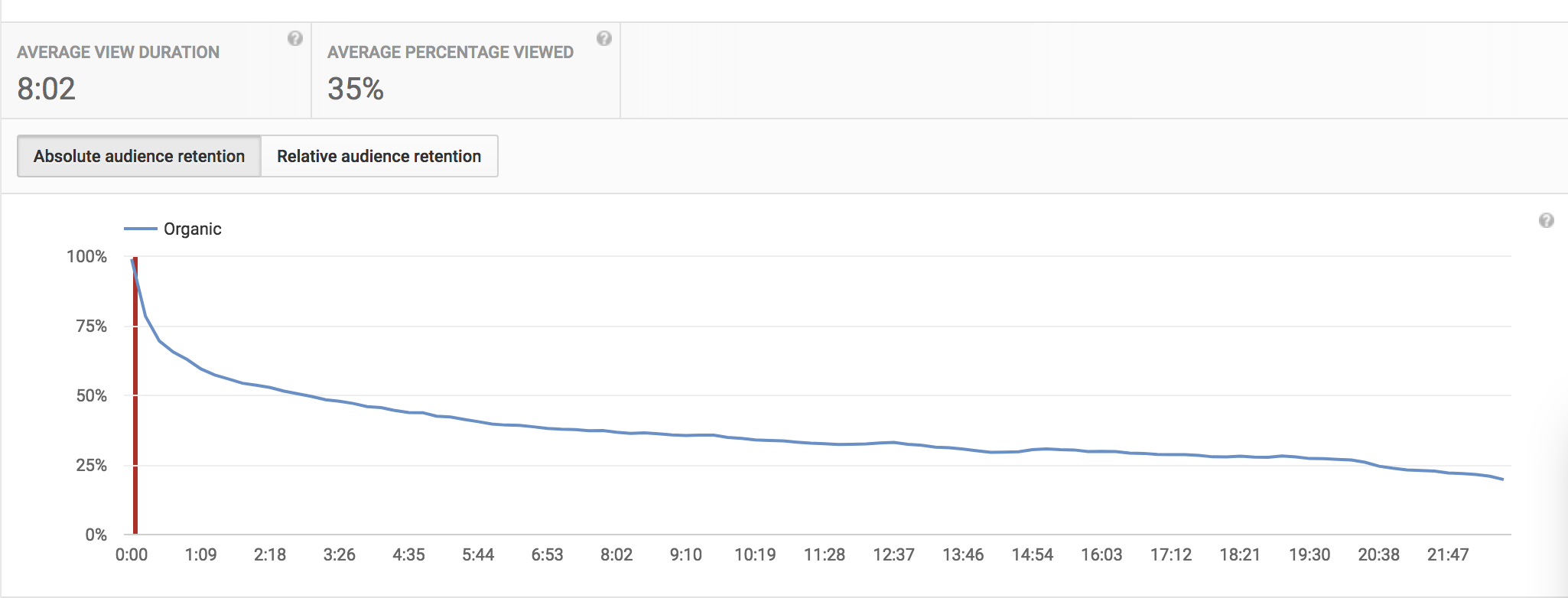
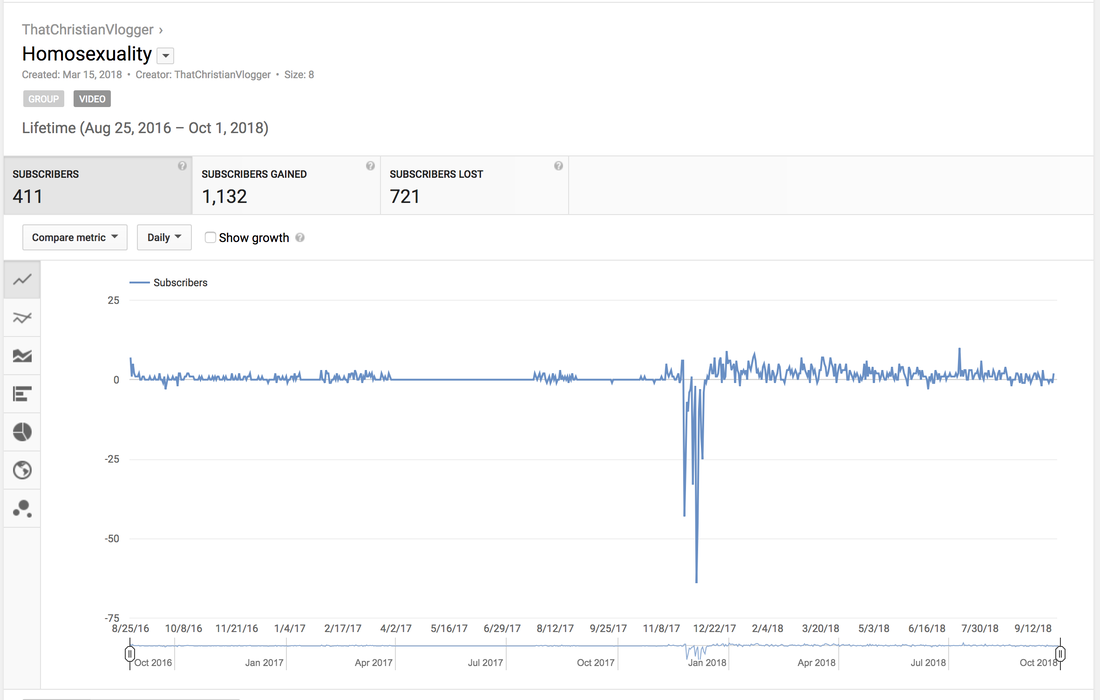
 RSS Feed
RSS Feed